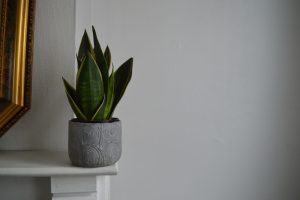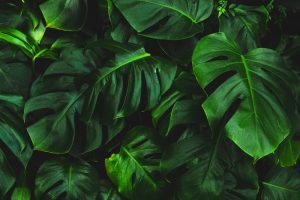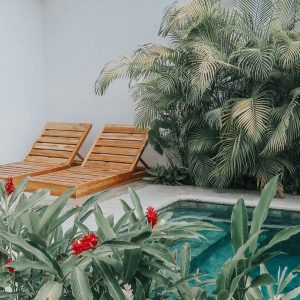
Depending on your state of mind, the Gunnera manicata, or giant rhubarb, might look like something from an acid dream. The huge, blustering herbaceous perennial can grow eight feet tall and 13 feet wide. The first thing you see is the massive, bell-shaped leaves. They are cartoonishly enormous. They are as wide as umbrellas. The Gunnera looks like – and is – a plant from the age of the dinosaurs.

Seeing it for the first time in a public park, you might think that such a behemoth has no place in the average backyard garden. You would probably be right. The Gunnera will, however, happily flourish in a one-meter wide bog garden below a slope in your backyard.
Creating a Bog Garden
Contents
No matter how small your patch or what soil you use, on a weekend, you can create your own small bog. Simply put, bog gardens are permanently wet, humus-rich meadows suitable for plants that like to be knee-deep in mud. It is an excellent way to encourage wildlife in your garden.
A bog garden doesn’t need to be next to a stream or a pond. But if you have a leaky pond or a perennially wet patch in your backyard, you can convert it into a child-safe bog garden.
Here’s how.
1. Select a site.
First, choose a location. Do not try to convert areas where there is standing water or where the ground is flooded for long periods of time. Instead, you can sequester an open site in your garden or a permanently wet patch in dappled shade. If you want to retain an existing pond, build the bog downhill. Your bog garden will collect water when the pond overflows in the rain.
No water from the rich soil in the bog should go the other way. The fertile soil would encourage the development of water-choking algae.
If you select an area with permanently wet soil, you will not have to dig a hole. But where the ground runs bone-dry in summer, you will need to dig a ditch and line it with plastic. Dig a natural-looking, kidney-shaped hole, about 18 inches deep, covering an area as large as you can afford to relinquish. The objective is to recreate the look of a hollow or ditch that wild plants have colonized.
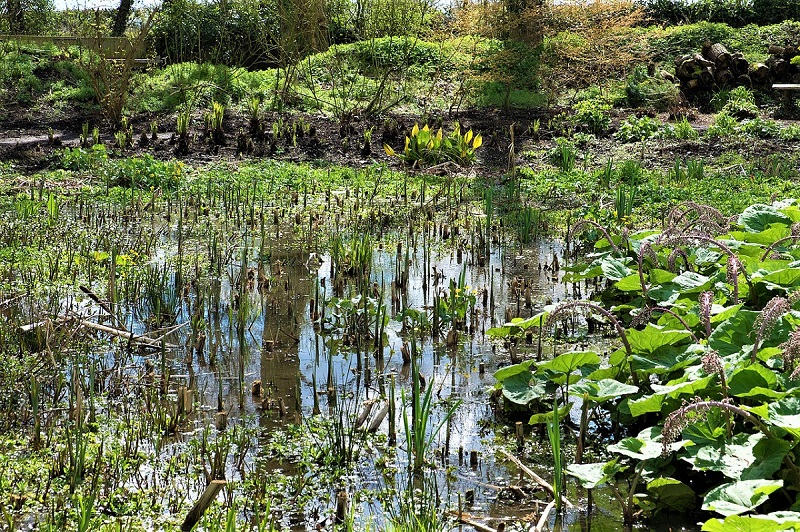
2. Create the environment.
Line the ditch with plastic sheeting. You do not need the sheet to be fully water-tight: the idea is to slow – rather than totally impede – drainage. The slow movement of water and the gentle replenishment from rain will prevent fetid swamp odors. Smooth the creases on the sheet, then use a garden fork to pierce holes one meter apart across the bottom.
Cover the holes with a few shovels of sand to aid drainage, then backfill with soil blended with a barrow or two of compost. Spread a 1.5-inch layer of composted bark over the area. The mulch will help the pond retain moisture.
Work atop a plank to avoid compacting the soil, then water the patch well. Cover the area with another layer of compost in spring. In the summer, replenish with a hose to keep the earth as wet as a wild water meadow.
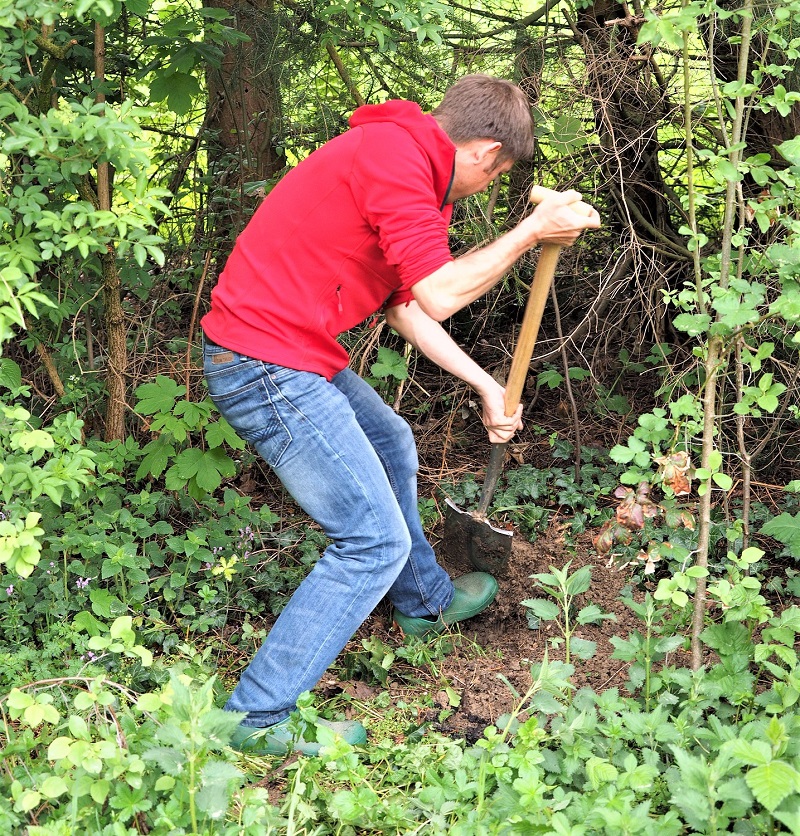
3. Plant your bog.
Selecting plants for a bog garden presents a novel array of opportunities. You can grow plants you would never think to grow in conventional gardens. Be careful, though. Bog plants love wet, muddy soil but they cannot endure permanently waterlogged environments.
Visit the pond section of your garden center for inspiration. Create contrasts with upright foliage, broad-leaved plants, filigree ferns, and flowers of various forms and colors. There are bog plants for every season. Consider the willow and dogwood for winter interest.
Check for the light requirements. Many large-leaved swamp plants will tolerate a certain amount of shade as well as full sun. Bog plants like soil rich in organic matter. Fallen leaves will add to the nutrient levels and structure of the soil.
Many plants sold as marginals for growing on a shelf inside a pond will flourish in the constant moisture of a bog. Plant them directly in the wet soil. If you have chosen the appropriate plants, they will quite enjoy the slopping, muddy environment.
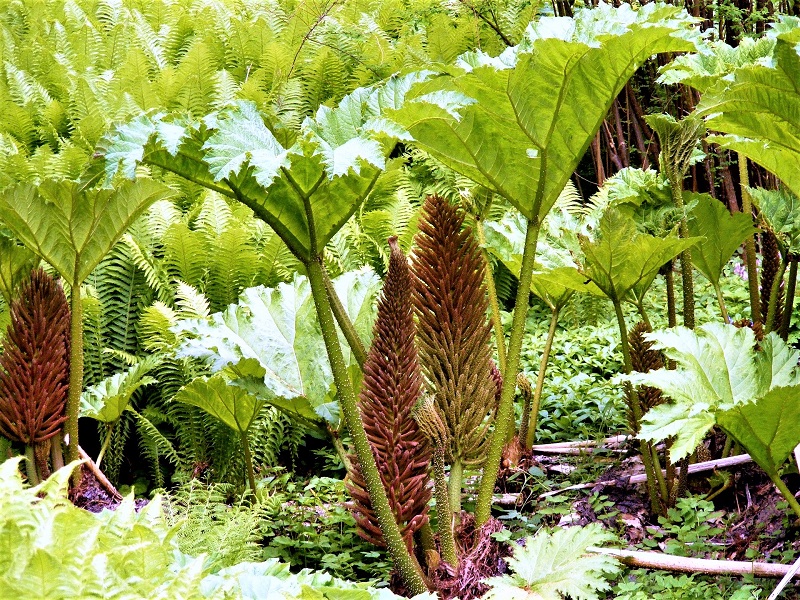
Are you ready for a bog garden in your backyard?


